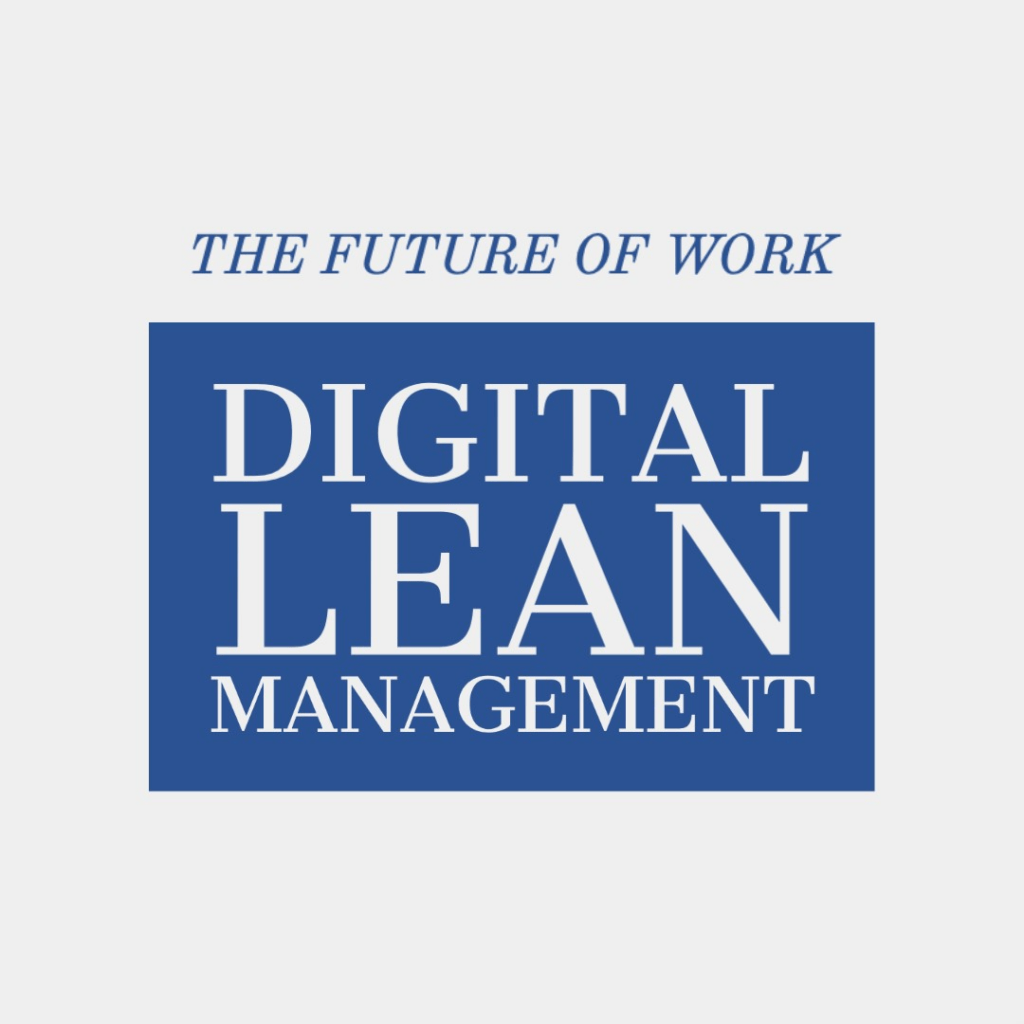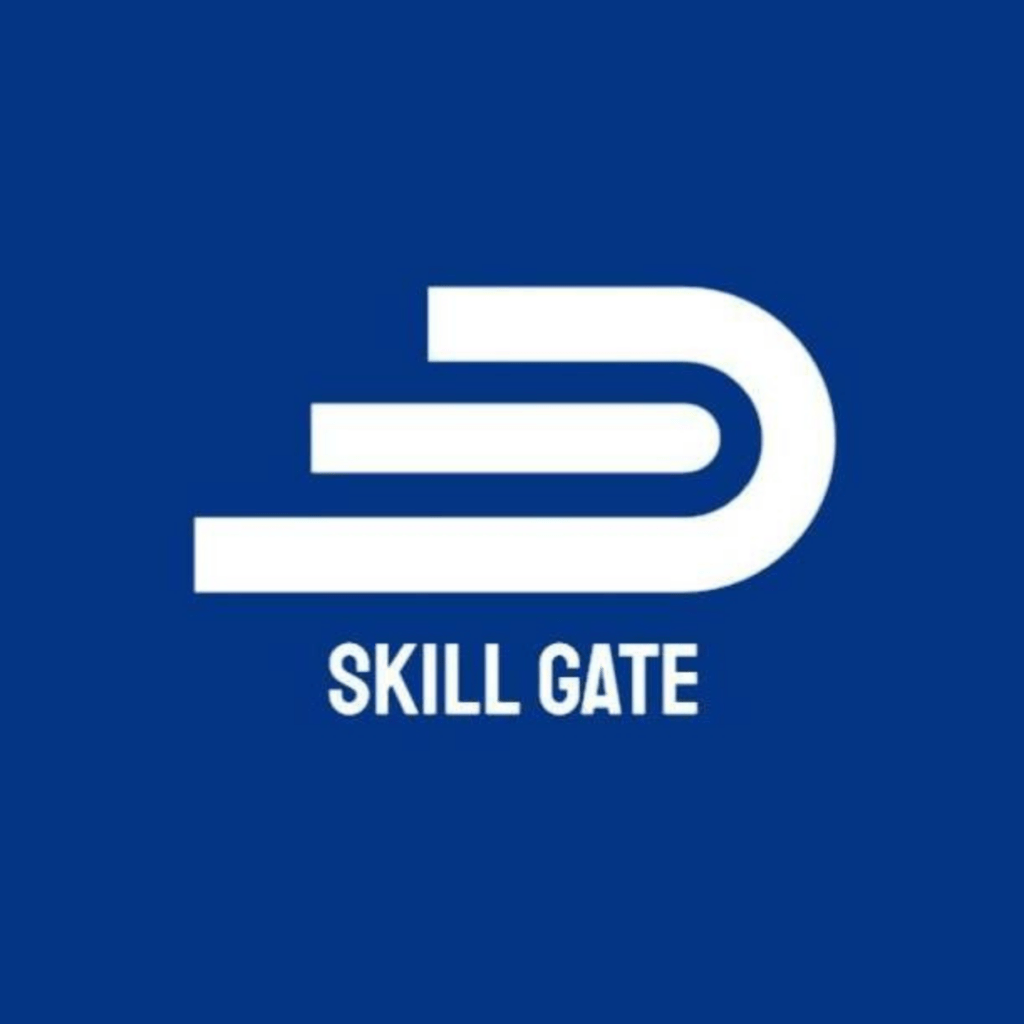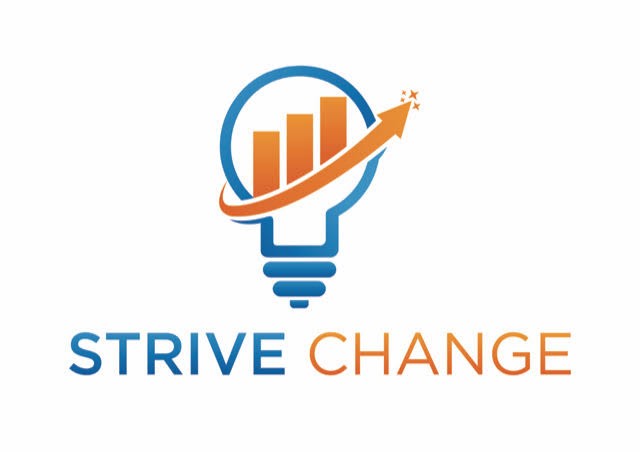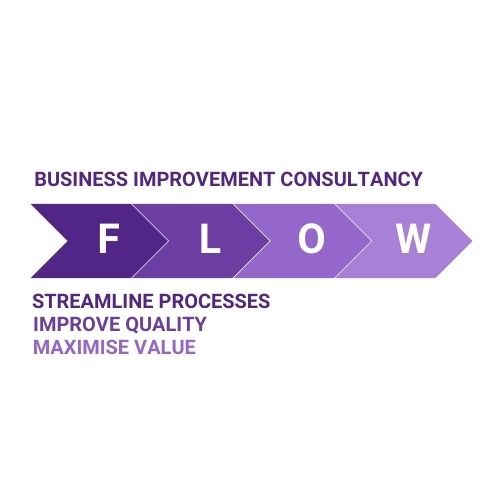Lean Principles + AI + Innovation: The New Agricultural Revolution
The use of lean thinking combined with smart technology is poised to revolutionize agriculture. Techniques used in Industry 4.0 are now ploughing into agriculture, promising a more Sustainable agricultural production and Supply Chain…. From Farm to Table!
The Rise of Lean Principles in Agriculture
For many who are into lean principles and sustainability, the value of these methodologies in manufacturing and business processes is clear. But what happens when these principles are applied to agriculture?
The result: waste minimization, streamlined operations, and maximized value for both producers and consumers. As agriculture faces challenges from population growth to climate change, lean principles offer a path to efficiency.
Many industries have embraced lean principles, a set of methodologies to increase efficiency and ensure that every process adds value. But what might surprise some is how these same principles are making waves in an age-old sector: agriculture.
Lean Thinking Principles in Agriculture
Lean principles in agriculture aren’t just about planting seeds faster or harvesting crops in record time. It’s about understanding the entire farming process, identifying areas where resources—whether it’s time, water, or equipment—are wasted, and then finding solutions to eliminate that waste.
For example, instead of irrigating an entire field uniformly, precision agriculture tools can identify which parts of the field need more water, ensuring not a drop is wasted. Or, take the traditional practice of tilling, which can often waste fuel and lead to soil erosion. But with lean principles, some farmers are adopting no-till or minimal-till practices, conserving both soil and energy.
Furthermore, lean principles push for continuous improvement. In agriculture, this might mean consistently looking for better, more sustainable pest control methods or trialing different crop rotation systems to boost soil health and crop yield.
Farmers might find that certain crops, when planted in succession, can naturally deter pests or replenish essential nutrients in the soil, reducing the need for chemical interventions.
Another cornerstone of lean thinking is delivering value—not just to the producer, but importantly, to the consumer. For the modern shopper, this value often translates to fresher produce, lower costs, and a clearer conscience knowing their food was grown sustainably. With efficient, lean-driven supply chains, freshly picked apples or bunch of spinach can make its way to supermarket shelves or local farmers markets faster, ensuring consumers get the freshest possible product.
But lean principles in agriculture aren’t just about today; they’re about preparing for tomorrow. With challenges like increasing global populations and the unpredictable impacts of climate change, agriculture needs to be agile and adaptive.
Adopting lean practices now means that as these challenges grow, our farming systems will be better equipped to respond and adapt, ensuring food security and sustainability for future generations.
In essence, the rise of lean principles in agriculture signals a broader shift towards efficiency and sustainability in our food systems. As both producers and consumers become more aware of the environmental and economic impacts of their choices, lean offers a clear path forward, promising a future where farming is both productive and sustainable.
The Role of AI and Innovation in Modern Farming
Merging with the lean methodology is the power of Artificial Intelligence (AI). AI’s data-driven insights, coupled with innovative farming techniques, are leading to predictions, optimizations, and solutions previously thought impossible. By harnessing big data, farmers can anticipate disease outbreaks, optimize irrigation, and even predict crop yields with astounding accuracy.
The farming sector, traditionally rooted in age-old practices, is witnessing a transformative wave, and leading this change are advancements like Artificial Intelligence (AI) and modern innovation. For professionals well-versed in the power of lean six sigma methodologies, this amalgamation of old and new might seem like a natural progression. But the real marvel lies in the profound impacts these changes are ushering in for agriculture.
AI, with its data-crunching abilities, is providing insights that were once beyond the realm of possibility. Think about it: while lean six sigma focuses on eliminating inefficiencies and reducing variations, AI offers the tools to precisely identify where these inefficiencies lie. For instance, with the help of sensors and AI algorithms, farmers can now detect minute changes in soil moisture or nutrient levels. This means irrigation can be optimized not just farm-wide, but inch-by-inch, ensuring not a single drop of water is wasted.
Moreover, innovation in farming isn’t limited to just data. New farming techniques, when coupled with AI’s predictive abilities, are revolutionizing farm management. Crop diseases, which once could decimate entire harvests, can now be anticipated. By analyzing patterns from vast amounts of data, AI can predict potential disease outbreaks even before they manifest visibly. This allows farmers to take preventative measures in advance, aligning perfectly with the proactive approach endorsed by lean six sigma experts.
Predicting crop yields has always been a tricky endeavor, often relying on a mix of experience and intuition. But with AI in the mix, this prediction is becoming less of an art and more of a science. Using data from past seasons, current soil conditions, and even satellite imagery, AI can provide farmers with astoundingly accurate yield predictions. Such precision ensures better market planning, reducing waste, and maximizing value—core tenets of both lean methodologies and Industry 4.0.
Benefits of This New Revolution
Increased Efficiency and Productivity
Remember the old days when farming relied on manual labor and guesswork? With AI and lean principles at play, farms are becoming more like smart factories. Real-time monitoring, data analysis, and instant adjustments mean crops have the best chance to thrive.
Sustainable Agricultural Production
But it’s not just about quantity. This revolution ensures quality and sustainability. Reducing waste, utilizing resources efficiently, and minimizing environmental harm are now front and center. Sustainable isn’t just a buzzword; it’s a commitment.
Integration with Smart Systems
The fusion of AI with Industry 4.0 means that farms can now seamlessly integrate with other smart systems. Whether it’s automatic reordering of seeds when stocks are low, or machines that can communicate with each other to optimize tasks without human intervention, farms are now more connected and automated.
Reduced Carbon Footprint
With AI-driven precision agriculture, resources like water, fertilizers, and pesticides are used only where needed. This leads not only to cost savings but also reduces the environmental footprint of farms. Paired with sustainable energy sources, modern farms can drastically cut down on greenhouse gas emissions.
Predictive Maintenance
In Industry 4.0, machines predict when they’ll fail or need maintenance. In agriculture, this means lesser downtime for essential machinery like tractors or harvesters. Through AI, sensors can alert farmers beforehand, ensuring continuous and unhindered farming operations.
Data-Driven Crop Diversification
AI can analyze vast amounts of data to suggest which crops would be best suited for planting at any given time, considering factors like soil health, weather forecasts, and market demand. This ensures crop diversification based on real-time data, promoting sustainable farming and maximizing profits.
Enhanced Safety Protocols
Safety is paramount, and with the integration of AI and Industry 4.0, automated safety protocols can be implemented. Whether it’s shutting off machinery when a problem is detected or using drones to monitor vast areas for any potential hazards, technology ensures that farms remain safe working environments.
Waste Reduction in the Supply Chain
One of the core tenets of sustainability is the reduction of waste. With AI-driven insights and real-time tracking, perishable goods can be managed more effectively, reducing spoilage. Moreover, lean inventory management means lesser waste from overproduction or stock that goes unsold.
In the nexus of AI, Industry 4.0, and sustainability, the agricultural sector finds itself at a transformative juncture. The benefits of this revolution go beyond just better yields – they promise a future where farming coexists harmoniously with nature, leveraging the best of technology for a sustainable, efficient, and prosperous future.
Revolutionizing the Supply Chain
From farm to table, every step is being reimagined. With real-time tracking, lean inventory management, and AI-driven demand forecasting, the agricultural supply chain is more responsive and resilient than ever.
Examples of Lean Principles and AI in Agriculture
Precision Farming with AI
Consider the advent of drones and sensors in farming. These aren’t just fancy toys; they embody precision farming. Drones monitor fields, sending real-time data to algorithms that detect health and irrigation needs. The result? Precise interventions, minimizing waste and maximizing crop health.
Drones, equipped with high-resolution cameras and sensors, fly over vast stretches of farmland, capturing detailed images. These images aren’t just beautiful aerial shots; they carry essential data on crop health, pest infestation, and soil quality.
Once drones collect this data, it’s processed in real-time using AI algorithms. This allows farmers to detect problem areas in their fields instantly. For instance, a particular patch showing signs of yellowing might be an early indication of a disease or nutrient deficiency.
Reducing Waste through Lean Principles
An example here is the Kanban system, a lean principle, adapted for agriculture. Farmers use visual cues and real-time data to replenish inputs just in time, ensuring minimal waste and optimal use of resources.
Kanban, a popular lean tool, is traditionally a scheduling system for lean manufacturing and just-in-time manufacturing. But its adaptability means it can be beneficial for agriculture too. At its core, Kanban is about visualizing work and maximizing efficiency.
In the agricultural context, farmers might set up visual indicators for resources like seeds, fertilizers, and pesticides. For instance, when a seed bin reaches a certain mark, it’s an indicator to reorder, ensuring there’s no overstocking or understocking.
The Sustainability Factor
Conserving Natural Resources
This isn’t just about producing more with less. It’s about safeguarding our planet for future generations. By optimizing irrigation through AI and adhering to lean practices, we can conserve water and other vital resources.
Ensuring Long-term Profitability for Farmers
Lean and AI don’t just benefit the environment; they’re a boon for farmers too. By reducing waste and optimizing production, farmers see better yields and higher profitability.
Meeting the Global Food Demand Responsibly
With the global population skyrocketing, meeting food demands without compromising our environment is a tightrope walk. But with AI and lean principles in tandem, we might just balance it out.
Challenges and Solutions
Like any revolution, there are challenges. High setup costs, the need for training, and skepticism from traditionalists. But as success stories multiply, these hurdles are fast becoming stepping stones.
The truth is, tech is a tool, not a replacement. Respecting traditional knowledge while integrating smart tech is the way forward. After all, farming isn’t just science; it’s an art.
In conclusion, we stand on the brink of an agricultural revolution driven by lean principles, AI, and innovation. The potential for sustainable, efficient, and productive farming is immense. And as we’ve seen, it’s not just a dream—it’s happening right now, all over the world. As we move forward, embracing this revolution might just be the key to feeding our growing global population without harming our planet.




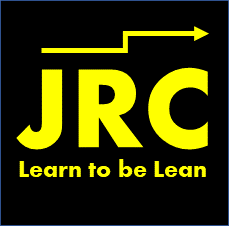
















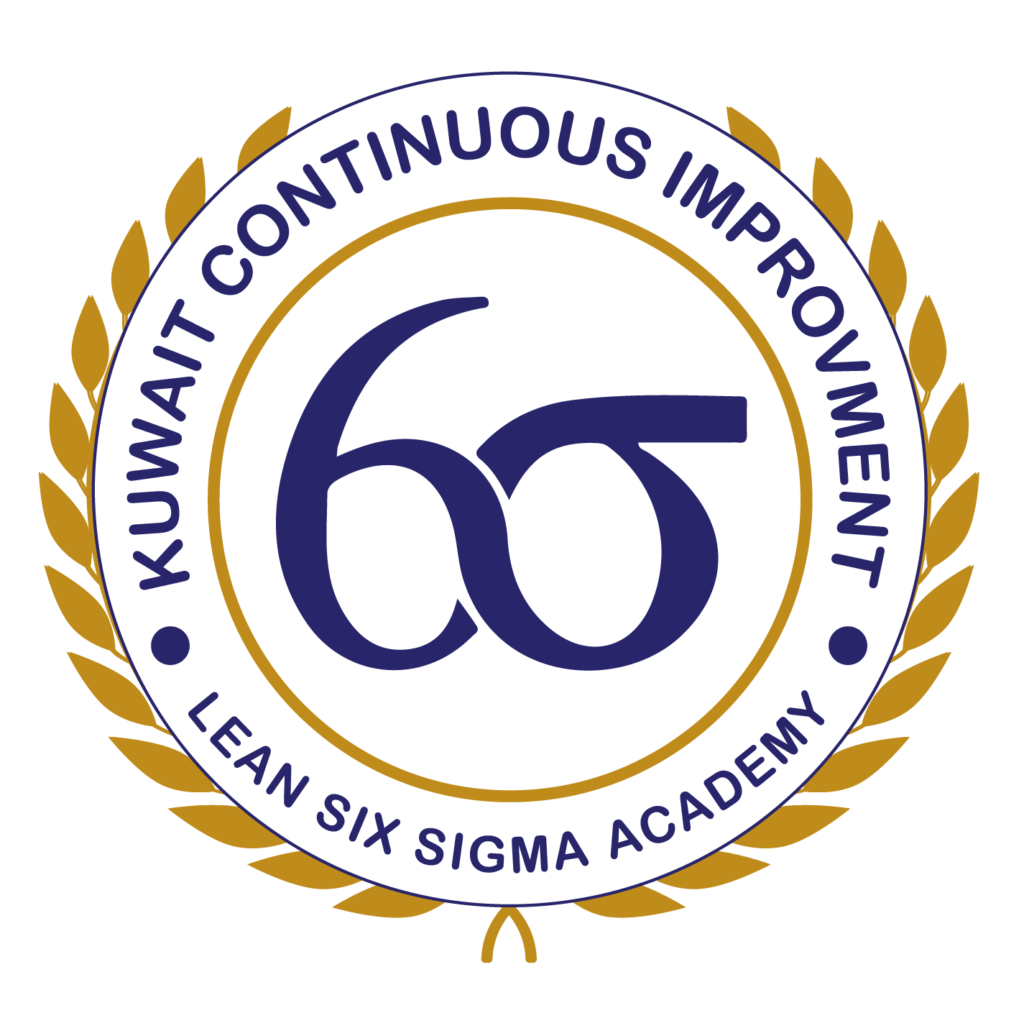





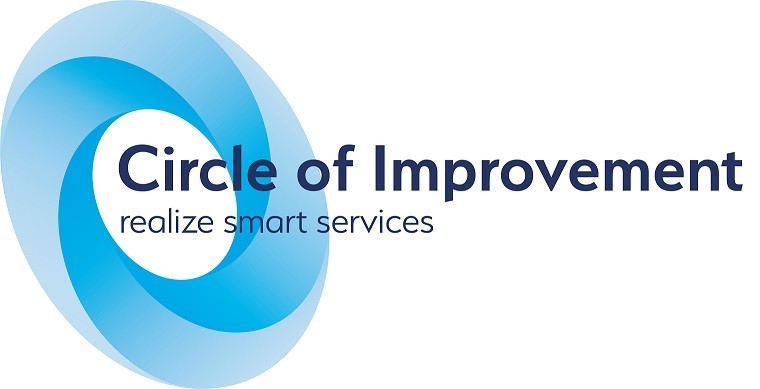












![UCOURSE.ORG [UCOURSE Academy] was established in Hong Kong in 2019 (company name: UCOURSE LTD), dedicated to providing high-quality online courses and courses for Chinese people in China, Hong Kong, and even all over the world. UCOURSE.ORG 【优思学院】于2019年成立于香港(公司名称:优思学院有限公司 / UCOURSE LTD),致力于为中国、香港、以至身处于全球各地的中国人提供优质的线上课程和考试认证,促进全国的人材培育、个人的职业发展,让学员在事业上事半功倍,同时助力国家的未来的急促发展。](https://ilssi.org/wp-content/uploads/2021/02/ucourse-logo-250.png)

